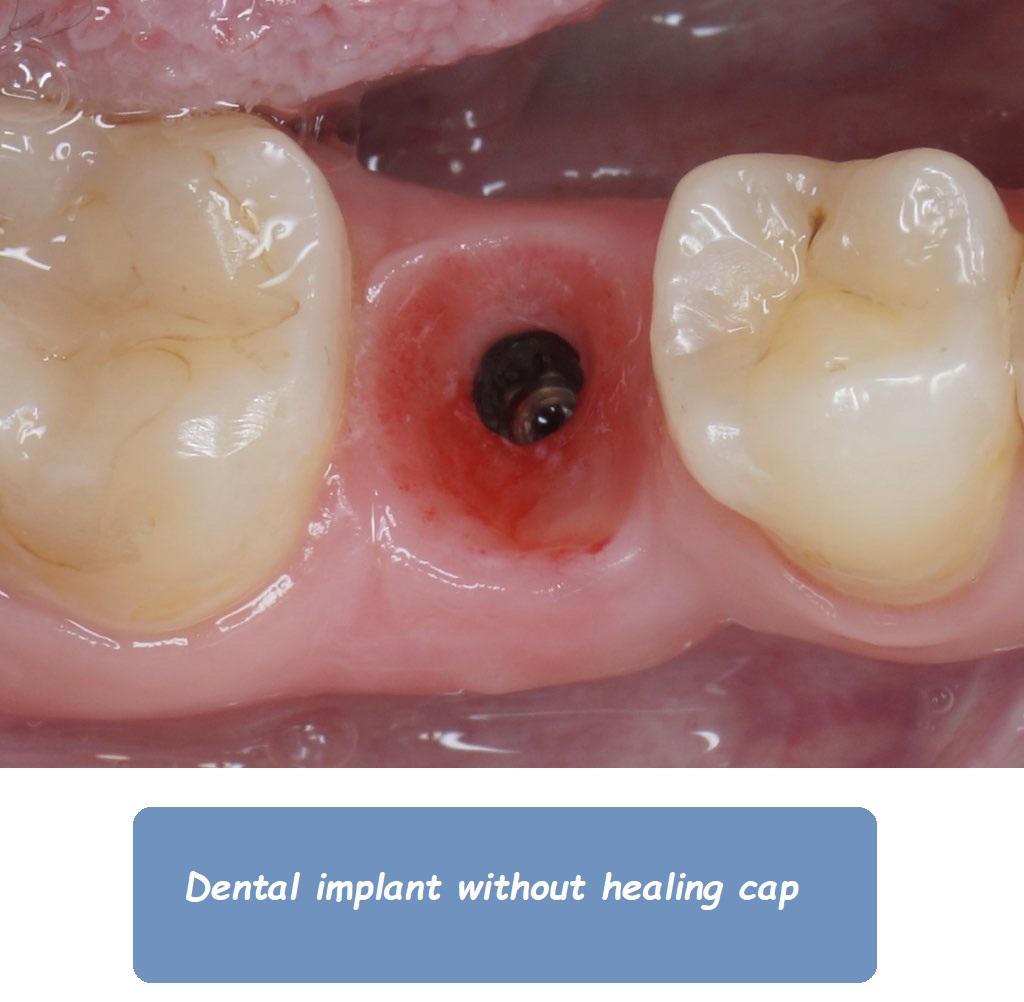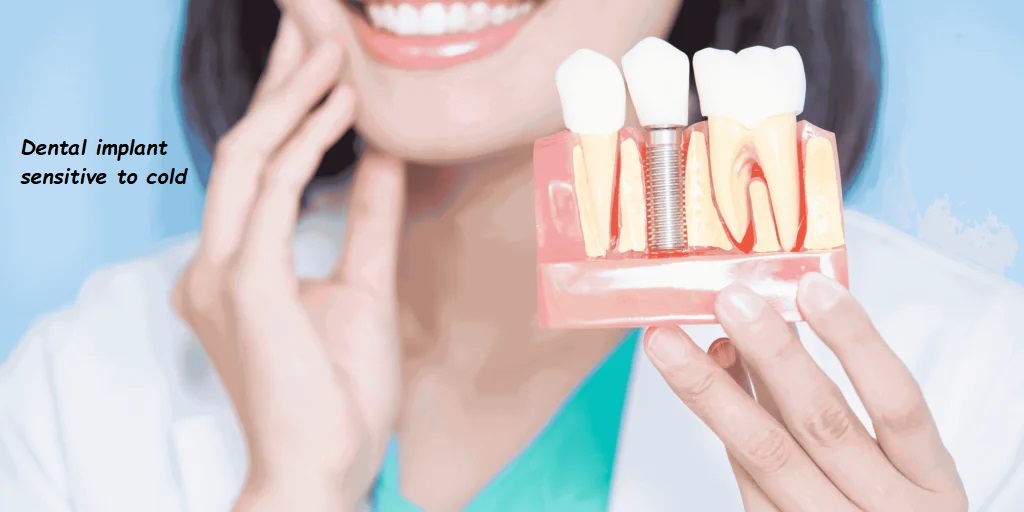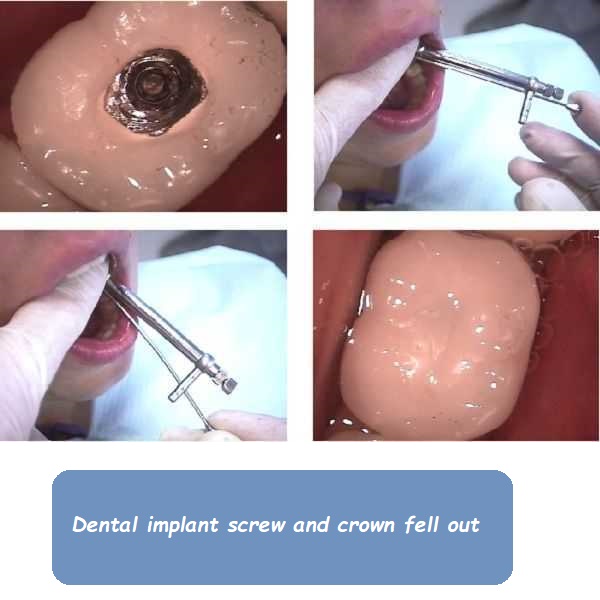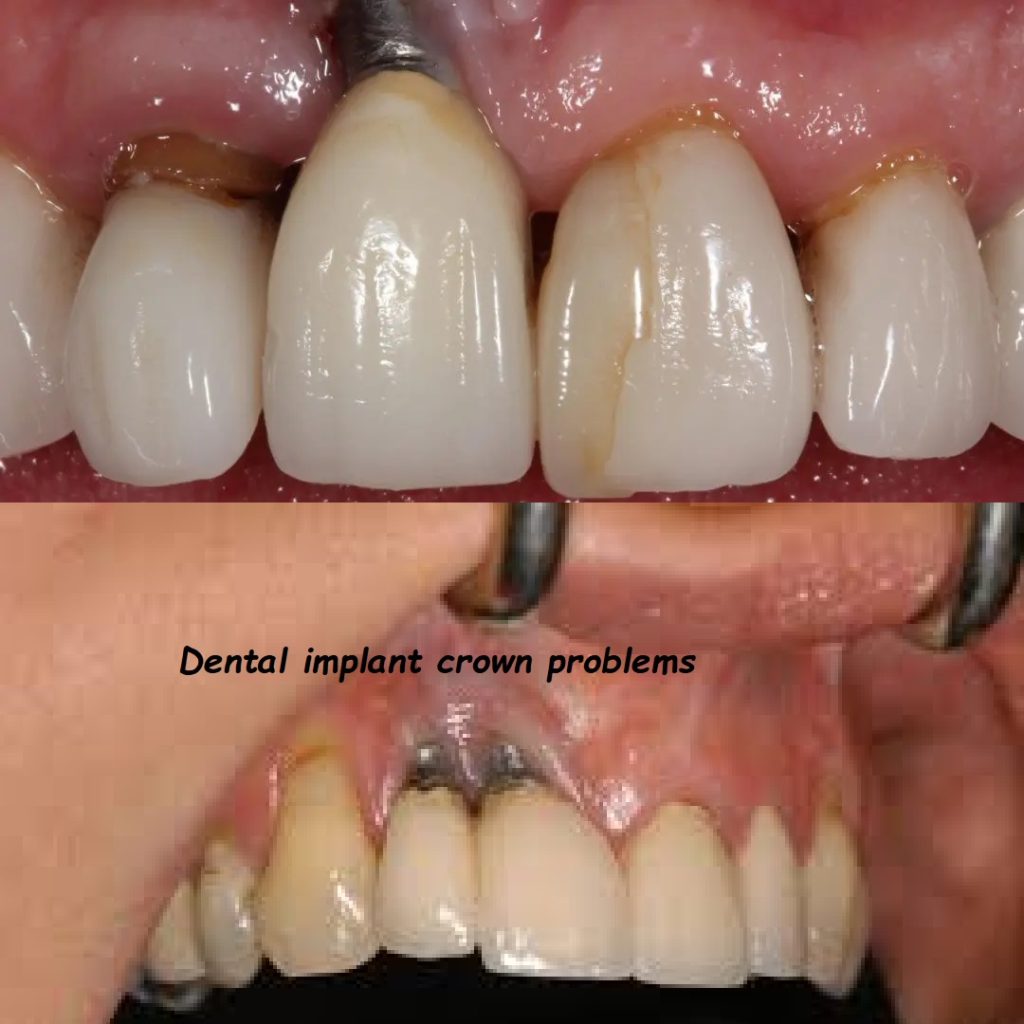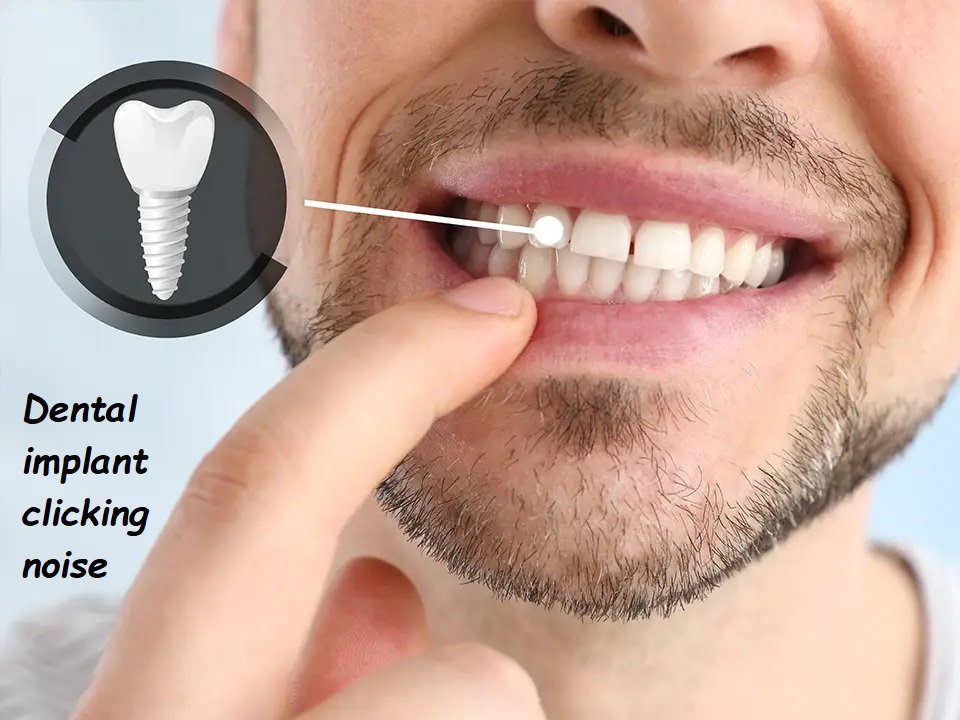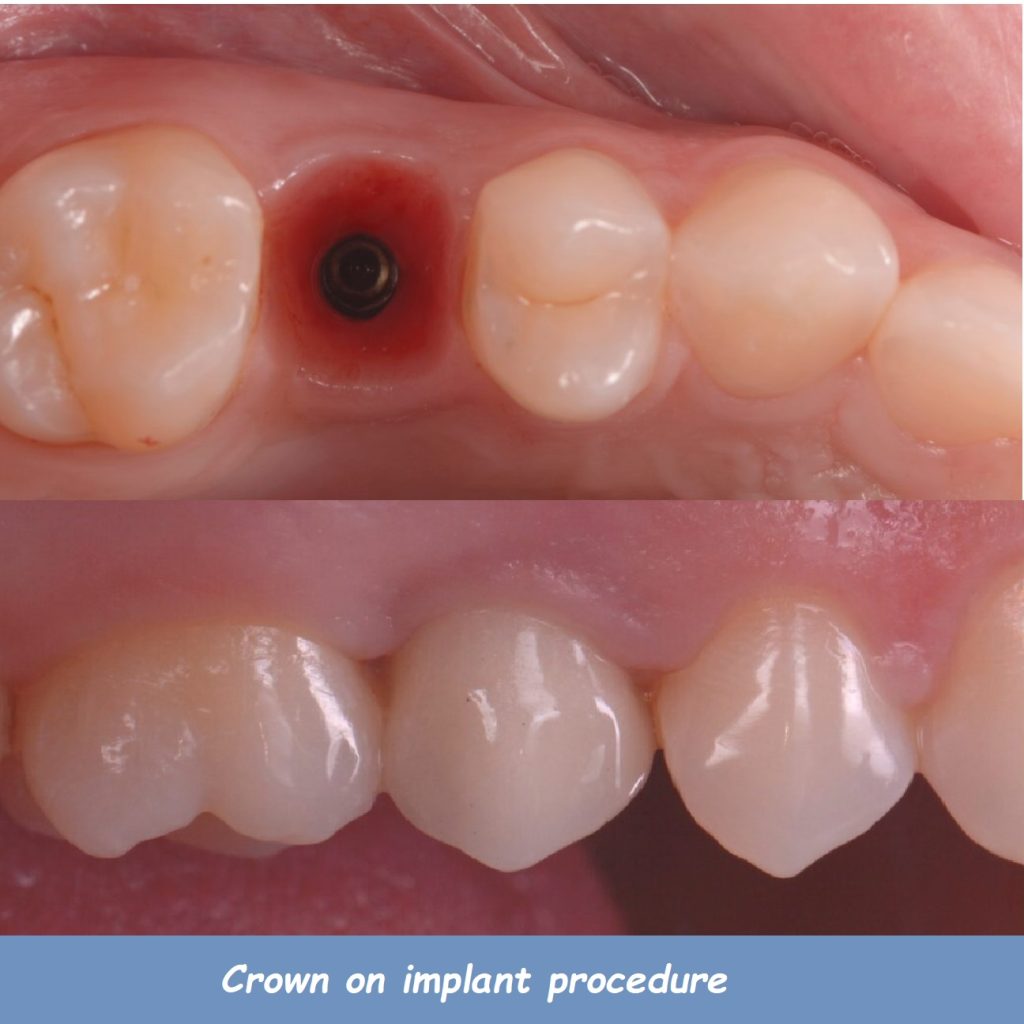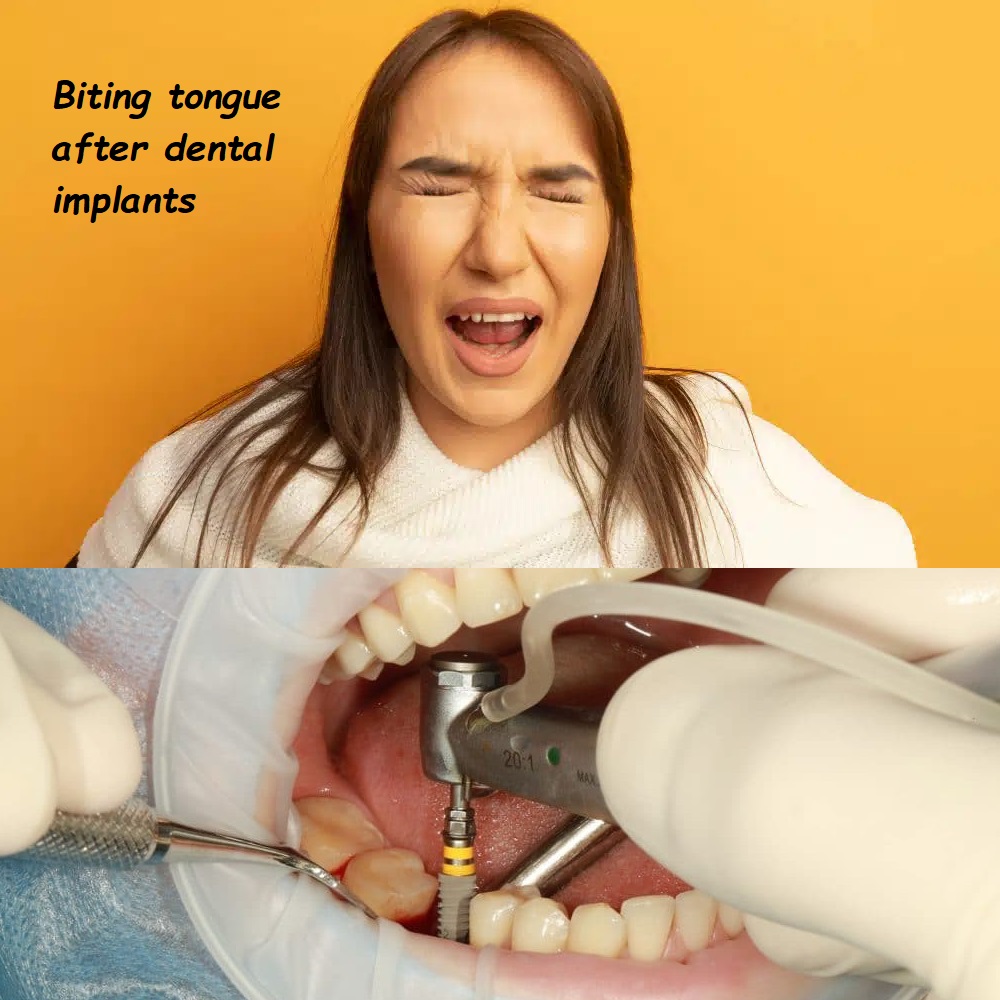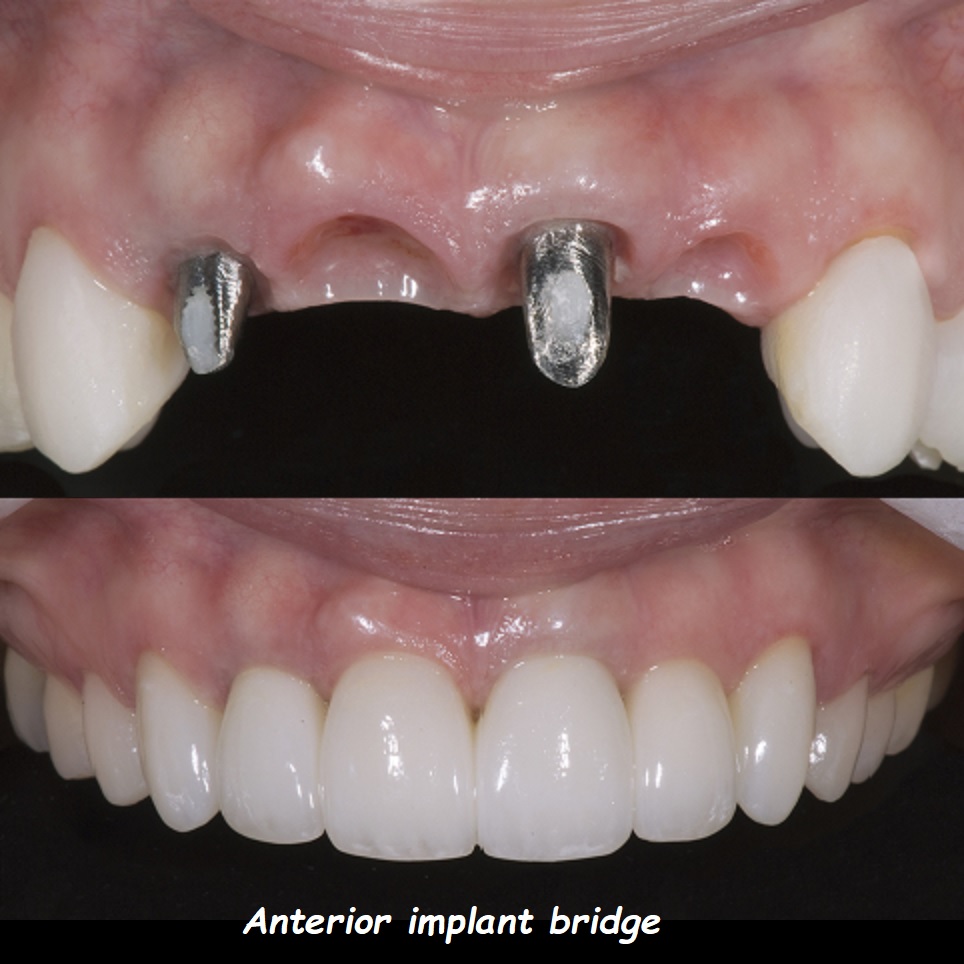Dental implants after tooth extraction

Dental Implants After Tooth Extraction: Everything You Need to Know
Tooth extraction is sometimes necessary due to severe decay, damage, or other dental issues. Once a tooth is removed, the next step is often to consider how to replace it. One of the most effective and long-lasting solutions is a dental implant. Dental implants offer a natural-looking, durable replacement that can restore both function and appearance. But what’s the best timing for getting a dental implant after tooth extraction? How does the process work, and what should you expect?
In this comprehensive guide, we’ll explore everything you need to know about dental implants after tooth extraction, including the procedure, timing, benefits, potential risks, and aftercare.
What Are Dental Implants?
Dental implants are artificial tooth roots made of titanium or other biocompatible materials. They are surgically placed into the jawbone where they fuse with the bone in a process called osseointegration. Once the implant has fully integrated with the bone, it serves as a stable foundation for a replacement tooth, which is typically a crown made to match the appearance of your natural teeth.
Why Are Dental Implants Important After Tooth Extraction?
Replacing a missing tooth with a dental implant is important for several reasons:
- Maintaining Jawbone Health: When a tooth is removed, the underlying jawbone can begin to deteriorate due to lack of stimulation. Dental implants help maintain bone density by mimicking the function of natural tooth roots.
- Restoring Functionality: Dental implants restore the full function of your mouth, allowing you to chew, speak, and smile confidently.
- Aesthetic Appeal: Implants provide a natural-looking solution that blends seamlessly with your existing teeth, improving your smile and overall appearance.
- Preventing Shifting of Teeth: Missing teeth can cause adjacent teeth to shift out of place, leading to misalignment and other dental issues. An implant prevents this from happening.
Timing of Dental Implants After Tooth Extraction
One of the key considerations when getting dental implants after tooth extraction is the timing. There are different approaches to when the implant can be placed, each with its own advantages and potential challenges.
1. Immediate Implant Placement
Immediate implant placement involves placing the dental implant at the same time as the tooth extraction. This approach is becoming increasingly popular due to its convenience and effectiveness.
Benefits of Immediate Implant Placement:
- Reduced Treatment Time: Immediate placement reduces the overall treatment time since the extraction and implant placement are done in a single procedure.
- Preservation of Bone and Gum Tissue: Placing the implant immediately can help preserve the bone and gum tissue, preventing the shrinkage that often occurs after tooth extraction.
- Faster Restoration: Since the implant is placed immediately, the process of osseointegration can begin right away, leading to quicker restoration.
Potential Challenges:
- Risk of Infection: There’s a slightly higher risk of infection since the implant is placed in an area that was recently affected by dental issues.
- Not Suitable for All Cases: Immediate placement may not be suitable for patients with severe infections, bone loss, or other complicating factors.
2. Early Implant Placement (Within a Few Weeks)
Early implant placement involves waiting a few weeks after tooth extraction before placing the implant. This approach allows time for initial healing while still taking advantage of relatively preserved bone and gum tissue.
Benefits of Early Implant Placement:
- Reduced Risk of Infection: Allowing a short healing period after extraction can reduce the risk of infection when the implant is placed.
- Preservation of Aesthetic Appearance: Early placement still takes advantage of the existing bone and gum tissue, maintaining the natural contours of your mouth.
Potential Challenges:
- Extended Treatment Time: Waiting for a few weeks means the overall treatment time is longer than immediate placement.
- Possible Need for Temporary Solutions: You might need a temporary denture or other solution to fill the gap while waiting for the implant.
3. Delayed Implant Placement (After Several Months)
Delayed implant placement occurs several months after tooth extraction. This approach allows the extraction site to heal completely before the implant is placed.
Benefits of Delayed Implant Placement:
- Complete Healing: The extraction site has fully healed, reducing the risk of complications during implant placement.
- Better Assessment: Your dentist can fully assess the bone and gum tissue after healing, ensuring the best possible placement of the implant.
Potential Challenges:
- Bone Loss: Delayed placement can result in significant bone loss, which might require additional procedures like bone grafting.
- Longer Treatment Time: The overall treatment process is extended, requiring more visits to the dentist.
4. Immediate Load Implants
Immediate load implants involve placing the implant and attaching a temporary crown or prosthesis on the same day. This approach is sometimes referred to as “teeth in a day.”
Benefits of Immediate Load Implants:
- Instant Results: You leave the dental office with a functional and aesthetically pleasing tooth or teeth.
- Convenience: Fewer visits and less waiting time compared to traditional methods.
Potential Challenges:
- Requires Sufficient Bone Density: This method is only suitable for patients with adequate bone density and optimal oral health.
- Higher Risk of Failure: Immediate load implants carry a slightly higher risk of failure if the implant does not integrate properly with the bone.
The Procedure for Dental Implants After Tooth Extraction
The process of getting a dental implant after tooth extraction involves several steps. Understanding each step can help you prepare for the procedure and know what to expect.
1. Initial Consultation and Examination
The first step is a thorough consultation with your dentist or oral surgeon. During this visit, your dentist will evaluate your oral health, take X-rays, and possibly use 3D imaging to assess the condition of your jawbone and surrounding tissues.
- Medical History Review: Your dentist will review your medical history to ensure you are a good candidate for dental implants.
- Treatment Planning: Based on the examination, your dentist will develop a personalized treatment plan, including the timing of the implant placement.
2. Tooth Extraction
If the tooth hasn’t already been extracted, the next step is to remove the damaged or decayed tooth. The extraction process varies depending on the condition of the tooth and its location in the mouth.
- Simple Extraction: For a tooth that is visible above the gum line, a simple extraction can be performed using forceps.
- Surgical Extraction: For teeth that are impacted or broken below the gum line, a surgical extraction may be necessary.
3. Implant Placement
The placement of the dental implant can occur immediately after the extraction or after a healing period, depending on the timing approach chosen.
- Local Anesthesia: The implant placement is typically done under local anesthesia, although sedation options are available for those who are anxious.
- Implant Insertion: The dentist or oral surgeon will make an incision in the gum to expose the bone and then drill a small hole to insert the titanium implant.
- Suturing: The gum tissue is sutured around the implant, and a healing cap may be placed over the implant to protect it during the healing process.
4. Healing and Osseointegration
After the implant is placed, a period of healing is necessary to allow the implant to integrate with the jawbone. This process, known as osseointegration, typically takes several months.
- Bone Fusion: During this time, the bone grows around the implant, securing it firmly in place.
- Temporary Solutions: If you opted for early or delayed implant placement, you might use a temporary denture or bridge to fill the gap during healing.
5. Abutment Placement
Once the implant has fully integrated with the bone, the next step is to place the abutment, which is the connector between the implant and the crown.
- Exposure of Implant: If the implant was covered during healing, the gum tissue will be reopened to expose the implant.
- Abutment Attachment: The abutment is attached to the implant, and the gum tissue is sutured around it.
6. Crown Placement
The final step is the placement of the dental crown, which is the visible part of the tooth. The crown is custom-made to match the color, shape, and size of your natural teeth.
- Impression Taking: Impressions of your teeth are taken to create the custom crown.
- Crown Placement: Once the crown is ready, it is attached to the abutment, completing the restoration.
Benefits of Dental Implants After Tooth Extraction
Dental implants offer numerous benefits that make them one of the best options for replacing missing teeth after extraction.
1. Durability and Longevity
Dental implants are designed to be a long-term solution. With proper care, they can last a lifetime, making them a cost-effective option over time.
2. Improved Oral Health
Implants help maintain the health of your jawbone and prevent the shifting of adjacent teeth, which can lead to misalignment and other dental issues.
3. Natural Appearance
Implants are custom-made to match your natural teeth, providing a seamless and aesthetically pleasing result that enhances your smile.
4. Restored Functionality
Dental implants restore full functionality, allowing you to eat, speak, and smile with confidence. Unlike dentures, they do not slip or move, providing stability and comfort.
5. Preservation of Bone and Gum Tissue
By mimicking the function of natural tooth roots, implants help preserve the bone and gum tissue, preventing the deterioration that often occurs after tooth loss.
6. Convenience and Comfort
Unlike removable dentures, dental implants are a permanent solution that requires no special maintenance beyond regular brushing and flossing. They also eliminate the discomfort associated with dentures.
Potential Risks and Complications
While dental implants are generally successful, there are potential risks and complications that patients should be aware of.
1. Infection
Infection at the implant site is a potential risk, particularly if proper oral hygiene is not maintained or if the implant is placed in an area with existing infection.
2. Implant Failure
In rare cases, the implant may fail to integrate with the bone, leading to loosening or complete failure of the implant. Factors such as smoking, poor bone quality, or improper placement can contribute to this.
3. Nerve Damage
Nerve damage is a rare but serious complication that can occur if the implant is placed too close to a nerve. This can result in numbness, tingling, or pain in the lips, gums, or chin.
4. Sinus Issues (For Upper Implants)
For implants placed in the upper jaw, there is a risk of sinus issues if the implant protrudes into the sinus cavity. This can lead to discomfort and may require additional procedures to correct.
5. Bone Loss
Over time, bone loss around the implant can occur, particularly if there is an infection or if the implant is subjected to excessive force.
Aftercare and Maintenance
Proper aftercare and maintenance are essential for the success and longevity of your dental implant. Here’s how to take care of your implant after tooth extraction:
1. Practice Good Oral Hygiene
Maintaining good oral hygiene is crucial for preventing infection and ensuring the long-term success of your implant.
- Brush and Floss Regularly: Brush your teeth at least twice a day and floss daily to remove plaque and bacteria from around the implant.
- Use an Antimicrobial Mouthwash: Rinsing with an antimicrobial mouthwash can help reduce bacteria and prevent peri-implantitis.
2. Attend Regular Dental Check-Ups
Regular dental check-ups are important for monitoring the health of your implant and catching any potential issues early.
- Professional Cleanings: Regular professional cleanings can help prevent plaque buildup and reduce the risk of peri-implantitis.
- Check for Loose Components: During your check-up, your dentist will check for any signs of loosening or wear in the implant components.
3. Avoid Hard Foods
While dental implants are strong, it’s still a good idea to avoid biting down on very hard objects, such as ice or hard candies, which could damage the crown or abutment.
4. Quit Smoking
Smoking can impair healing and increase the risk of implant failure. If you smoke, it’s highly recommended to quit before undergoing implant surgery.
5. Use a Night Guard (If Necessary)
If you grind your teeth at night (a condition known as bruxism), wearing a night guard can protect your implant from excessive force and reduce the risk of complications.
Conclusion: Is a Dental Implant Right for You After Tooth Extraction?
Dental implants are one of the most effective and long-lasting solutions for replacing missing teeth after extraction. Whether you choose immediate, early, or delayed implant placement, the benefits of restoring your smile and oral function with an implant are clear. By understanding the procedure, timing, and aftercare involved, you can make an informed decision and work with your dentist to achieve the best possible outcome.
If you’re considering a dental implant after tooth extraction, consult with an experienced dental professional who can guide you through the process and help you determine the best treatment plan based on your individual needs and oral health.
Have Questions About Dental Implants After Tooth Extraction?
If you’re wondering whether a dental implant is the right choice for you or if you have concerns about the procedure, don’t hesitate to reach out to your dentist. They can provide personalized advice, answer your questions, and help you make the best decision for your oral health and smile.

